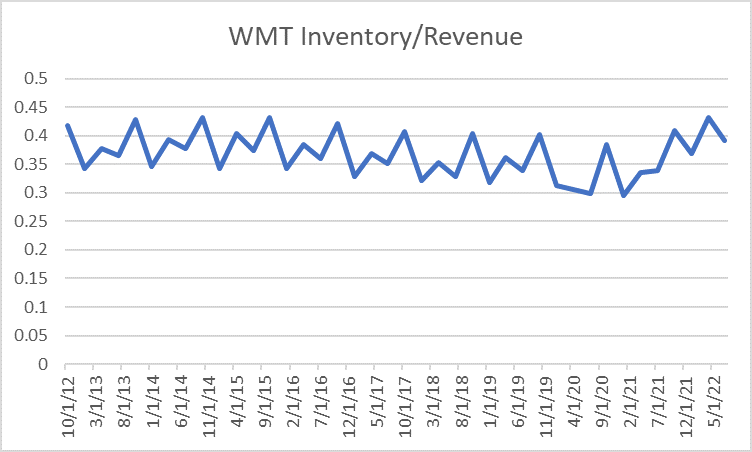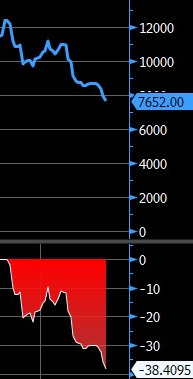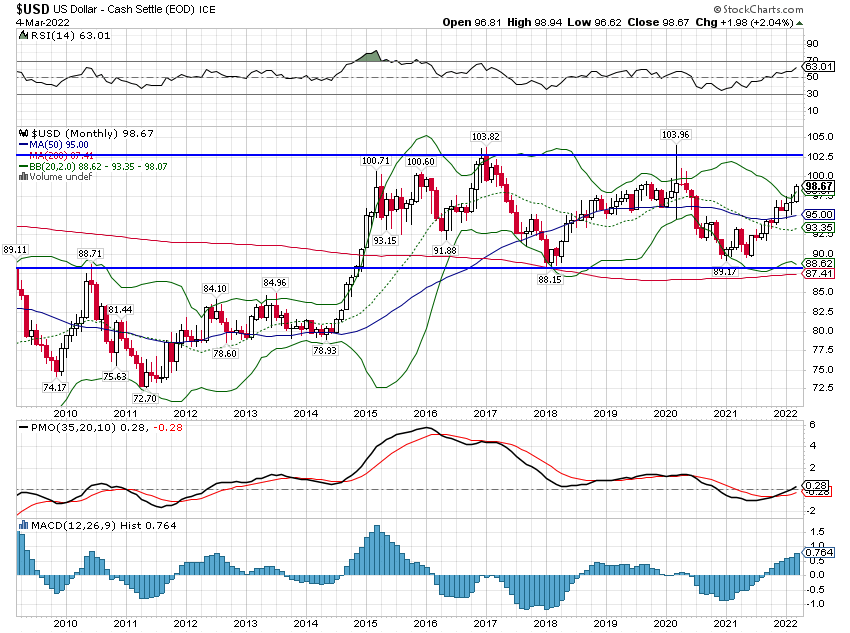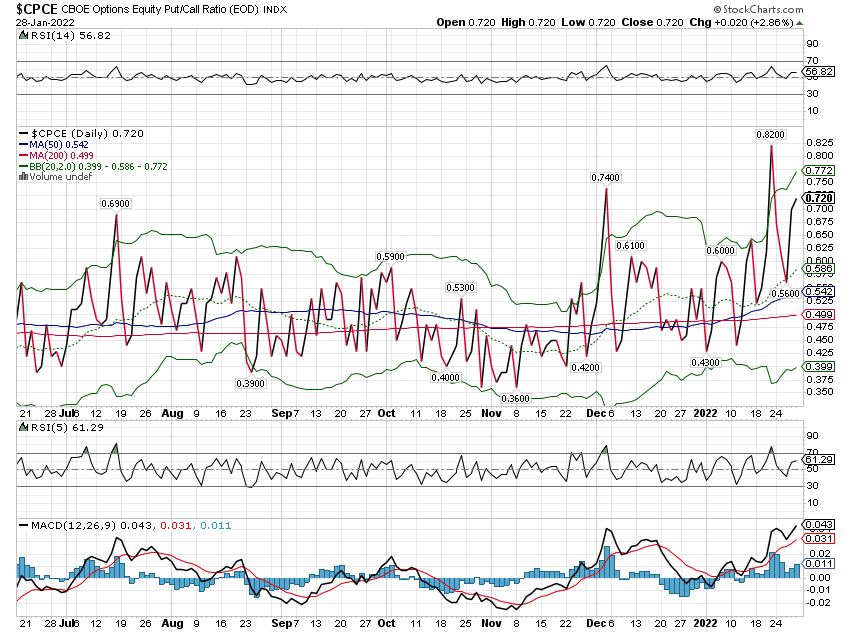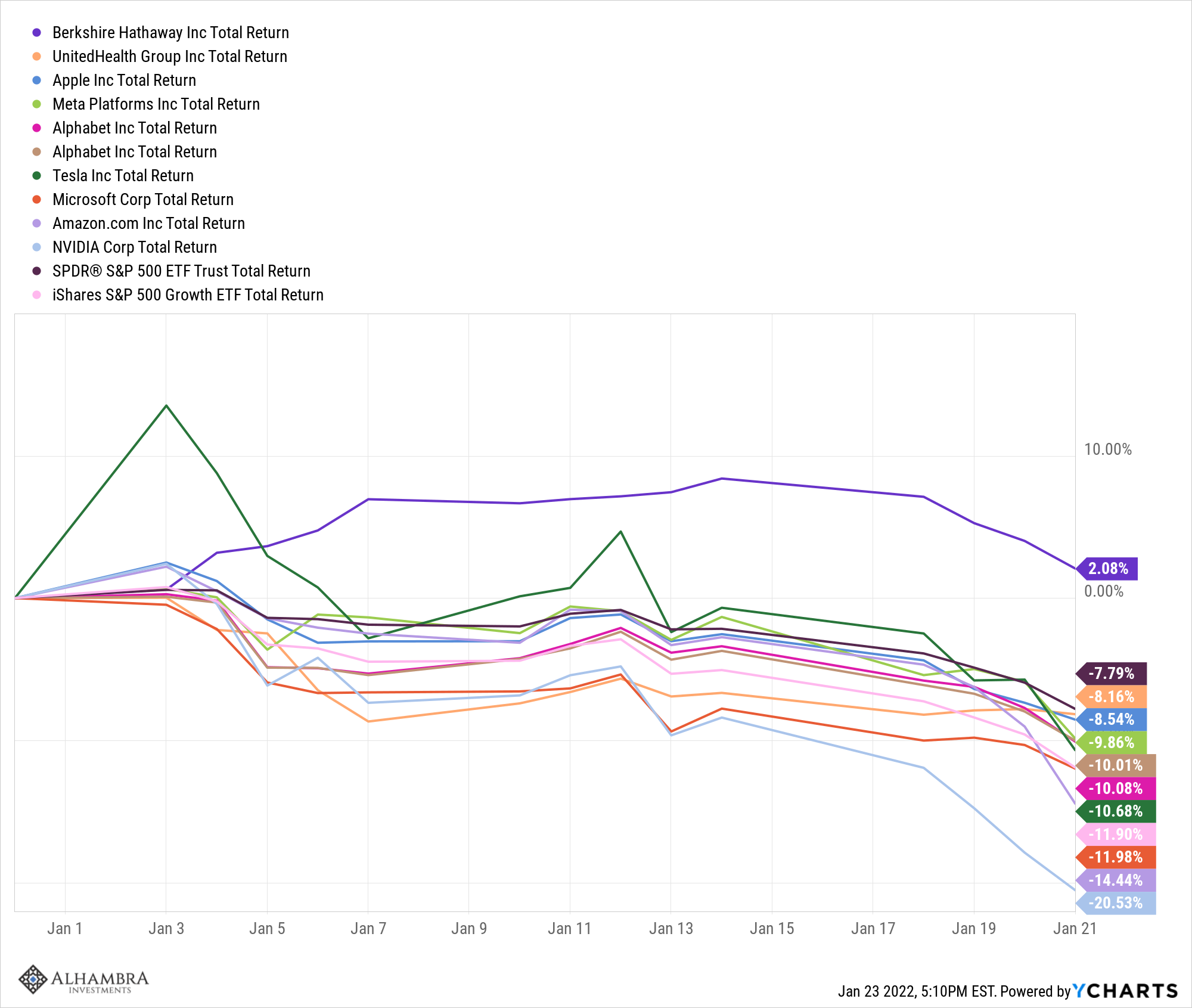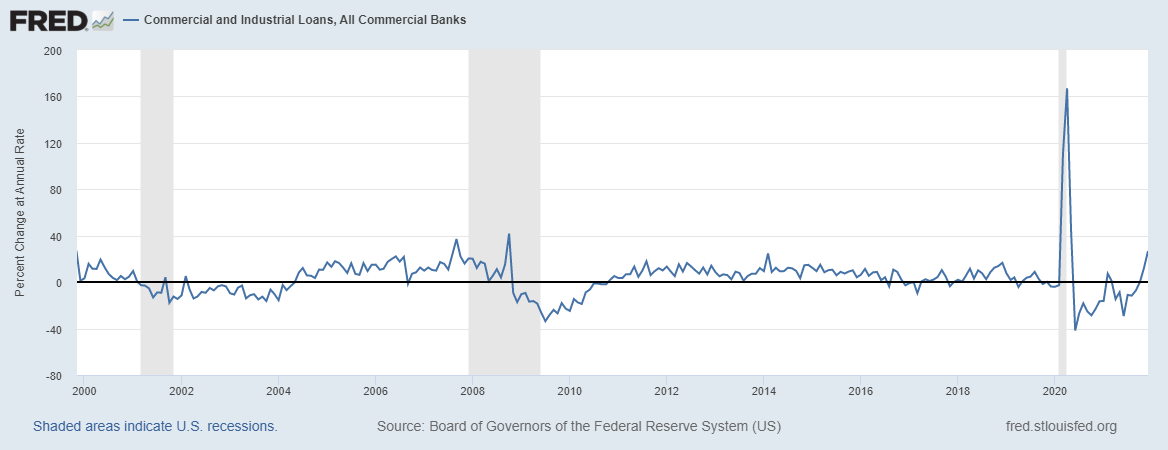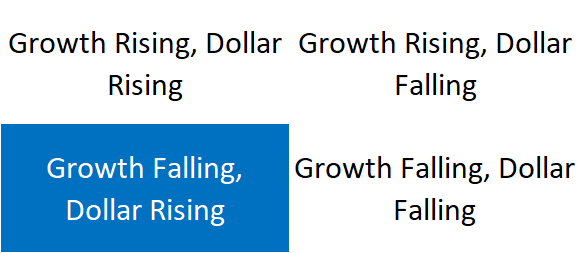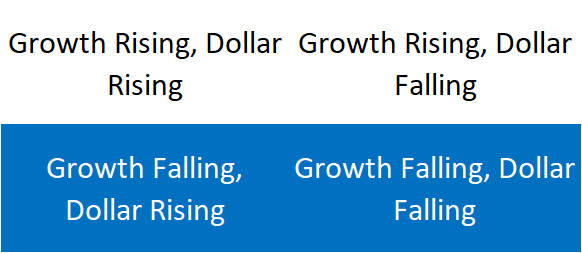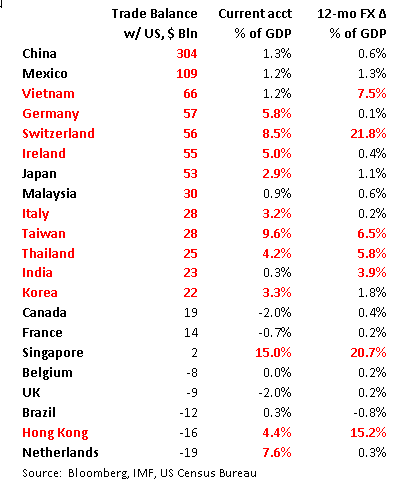China returns from a week-long holiday, and markets may be a bit nervous after it reported lower than expected foreign reserves for September. Taken in conjunction with the softer yuan, capital outflows from China may be picking up. Elsewhere, the central banks of Korea, Peru, and Singapore hold policy meetings, though no changes are expected.
China
China reports September money and new loan data sometime during the week, but no date has been set. It reports September trade Thursday. Exports are expected at -3.3% y/y and imports at +0.7% y/y. It then reports September CPI and PPI Friday, with the former seen rising 1.6% y/y and the latter falling -0.3% y/y. The PBOC has been on hold since October 2015, when it cut its policy rates by 25 bp. If the slowdown remains modest, we do not think PBOC will ease further for fear of encouraging debt-fueled growth. We think the easing cycle is over.
Turkey
Turkey reports August IP Monday, which is expected to rise 0.7% y/y vs. -4.9% in July. It then reports August current account Wednesday, which is expected at -$1.4 bln vs. -$2.6 bln in July. The economy remains sluggish, while September CPI came in much lower than expected at 7.28% y/y. This is the lowest since May, but still above the 3-7% target range. The central bank next meets October 20. While another 25 bp cut in the overnight lending rate is seen, the benchmark rate is likely to be kept steady at 7.5%. However, the low CPI print will surely ratchet up pressure to cut more aggressively.
Czech Republic
Czech Republic reports September CPI Monday, which is expected to remain steady at 0.6% y/y. At its last meeting on September 29, it kept forward guidance at mid-2017. Governor Rusnok noted that there is a “stronger” certainty of exit and sees “minimal” risk of further delay in the koruna cap exit. We don’t think this can be termed hawkish, but it’s certainly less dovish. That said, a lot can happen between now and mid-2017. Next meeting is November 3.
India
India reports August IP Monday, which is expected at -0.3% y/y vs. -2.4% in July. It then reports September CPI Thursday, which is expected to rise 4.7% y/y vs. 5.05% in August. It then reports September WPI Friday, which is expected to rise 3.9% y/y vs. 3.7% in August. This warrants some caution. The RBI restarted the easing cycle with a 25 bp cut in the repo rate this week to 6.25%. The next policy meeting is December 7, and another cut will be hard to justify if price pressures remain elevated.
Philippines
The Philippines reports August trade Tuesday. Exports are expected at -8.3% y/y and imports are expected at +10% y/y. The trade deficit was been widening this year, and the 12-month total of -$20.8 bln is the highest on record. The current account is expected to remain in modest surplus this year and next, but we see growing downside risks.
Hungary
Hungary reports September CPI Tuesday, which is expected to rise 0.7% y/y vs. -0.1% in August. The central bank releases its minutes Wednesday, and will be studied for clues to further unconventional measures. At that September 20 meeting, the central bank capped the amount commercial banks can keep at its 3-month deposit facility. This unconventional policy is akin to monetary easing, as it pushes funds out of its deposit facility and into government bonds and the interbank market, thereby lowering rates and weakening the forint.
South Africa
South Africa reports August manufacturing production Tuesday, which is expected to rise 1.3% y/y vs. 0.4% in July. The economy remains weak, and inflation is finally turning lower. SARB next meets November 24. A lot can happen between now and then, but we think the major factor will be the exchange rate. SARB seems reluctant to hike rates further at this point.
Mexico
Mexico reports September ANTAD retail sales Tuesday. It then reports August IP Wednesday, which is expected to rise 0.3% y/y vs. -1.0% in July. The economy remains weak but price pressures are clearly rising. The next policy meeting is November 17, and much will depend on how the peso is trading. The central bank is concerned with the inflation pass-through from the currency. Our base case is steady Mexico rates in November, followed by a hike to match the US if the Fed hikes in December.
Korea
Bank of Korea meets Thursday and is expected to keep rates steady at 1.25%. CPI rose 1.2% y/y in September, higher than expected and the highest since February 2016. While it remains below the 2.5-3.5% target range, the trajectory should warrant caution ahead. BOK has been on hold since its surprise 25 bp cut to 1.25% in June. With price pressures rising, we think the easing cycle is over.
Peru
Peru central bank meets Thursday and is expected to keep rates steady at 4.25%. The central bank has been on hold since it last hiked 25 bp to 4.25% back in February. CPI ticked higher to 3.1% y/y in September, back above the 1-3% target range after spending one month within it. We think the tightening cycle is over, but easing is unlikely until 2017.
Singapore
Singapore reports advance Q3 GDP data Friday, which is expected to grow 1.6% y/y vs. 2.1% in Q2. The MAS typically releases its policy decision the same day. Recent data have come in stronger than expected, and so we expect the MAS to keep policy steady at this semi-annual meeting. Singapore also reports August retail sales Friday, which are expected to rise 0.7% y/y vs. 2.8% in July.
Colombia
Colombia central bank releases its minutes Friday. Minutes will be studied for clues about potential easing. CPI rose 7.3% y/y in September, lower than expected and the lowest since December 2015 but it remains well above the 2-4% target range and should preclude any easing near-term. The central bank has been on hold at 7.75% since its last 25 bp hike back in July. The next policy meeting is October 31, and no action is seen. We think the easing cycle will likely begin in Q2 2017.
 Stock Markets
Stock Markets





















